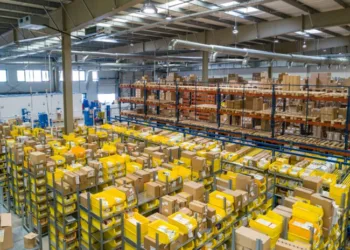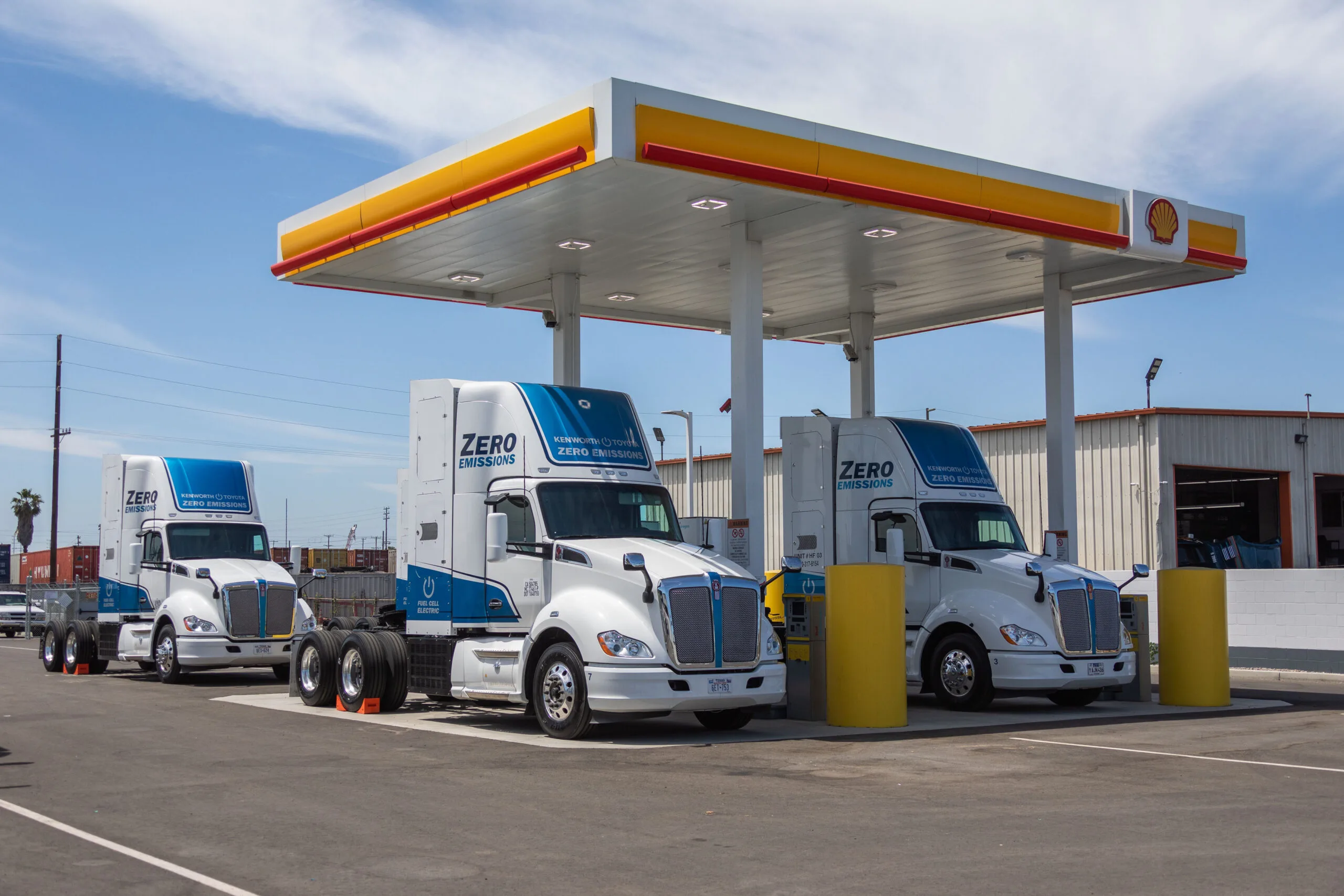While the trade ties between Shanghai and California have come under severe pressure this year, progress has been made to make the passage of ships between these two shores far more environmentally friendly.
In an update, the Los Angeles-Long Beach-Shanghai Green Shipping Corridor, the first partnership of its kind across the Pacific, said it has successfully delivered on its phase one milestones, including the expansion of shore power infrastructure to meet 100% electrification serving container vessels, deploying reduced lifecycle carbon-capable vessels, and scaling sustainable fuel bunkering operations.
Shanghai, the world’s largest container port, has signed many other green corridor initiatives in recent years, with a brand new one unveiled this week, linking China’s financial metropolis with Melbourne in Australia.
“Port of Shanghai is the world’s largest and busiest port. In Australia, the port of Melbourne is the busiest port in Australia. So in terms of the volumes going across the trade line between China and Australia and us in Melbourne, it makes a lot of sense to look to how we can decarbonise that supply chain. It will really have a positive impact to the environment,” said Saul Cannon, CEO of the Port of Melbourne.
As of 2024, there were 62 green shipping corridor initiatives worldwide, marking a 40% increase from the previous year. These corridors are specific maritime routes where public and private stakeholders collaborate to facilitate zero-emission shipping. While many initiatives are still in the planning or pilot stages, some are advancing toward real-world implementation. Notably, six corridors have progressed from exploration to preparation phases, with feasibility studies, implementation roadmaps, and cost assessments underway.
However, the expansion of these corridors faces challenges, particularly the feasibility wall—the financial and logistical hurdles associated with transitioning to zero-emission fuels. The lack of national policy incentives to bridge the cost gap is now identified as the primary bottleneck, potentially limiting further development of green corridor initiatives.






















